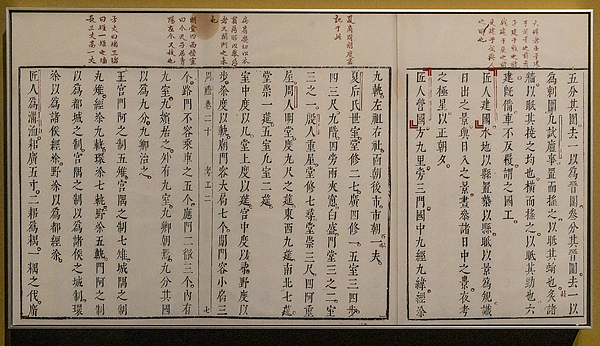What if we could peek into the world’s first urban design manual, crafted over 2,000 years ago? Enter the Kao Gong Ji, or “The Artificer's Record,” often hailed as the earliest surviving technology encyclopedia.
Compiled during China’s Warring States period (475–221 BC), this compact text—just 7,000 characters long— lays out dazzling insights. Its city-blueprint excerpt sketches a perfectly square capital, each 2.5-mile-long wall opening through three gates. From there, three main streets run north–south and three east–west, with three branching lanes off each artery. The result? A grid system that foreshadows modern urban planning.
Beyond layouts, the manual dives into handcrafted craftsmanship: bronze weapons, ornate jewelry, wooden structures and carriages. It even reveals precision formulas for mixing copper and tin to match a bronze object’s function—secrets later confirmed by archaeological finds.
Lost for centuries but rediscovered in the Han dynasty (206 BC–220 AD), the document was appended to the revered Zhou Li (“The Rituals of Zhou”) under the name “Kao Gong Ji,” inspired by the ancient office overseeing weapons manufacture.
Its legacy endures: in 837 AD, a Tang-era edition was carved into the Stone Classics of the Kaicheng era, and by the Southern Song dynasty (1127–1279), it appeared in print for the first time.
For modern readers—urban planners, tech enthusiasts and history buffs alike—the Kao Gong Ji offers a time-traveling window into how early civilizations solved engineering and design challenges, reminding us that innovation has deep roots.
Reference(s):
The world's oldest urban blueprint? A look inside Kao Gong Ji
cgtn.com




